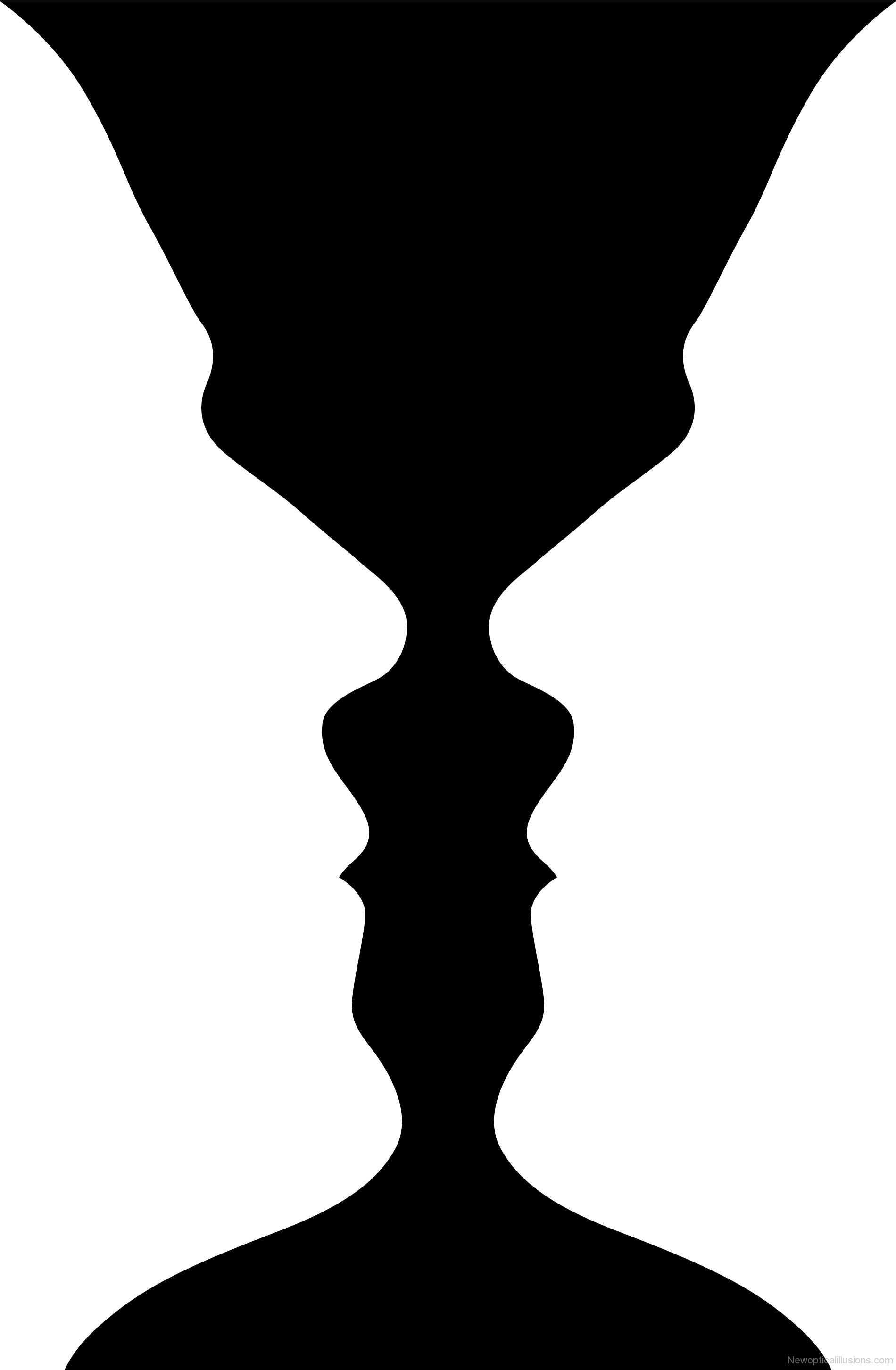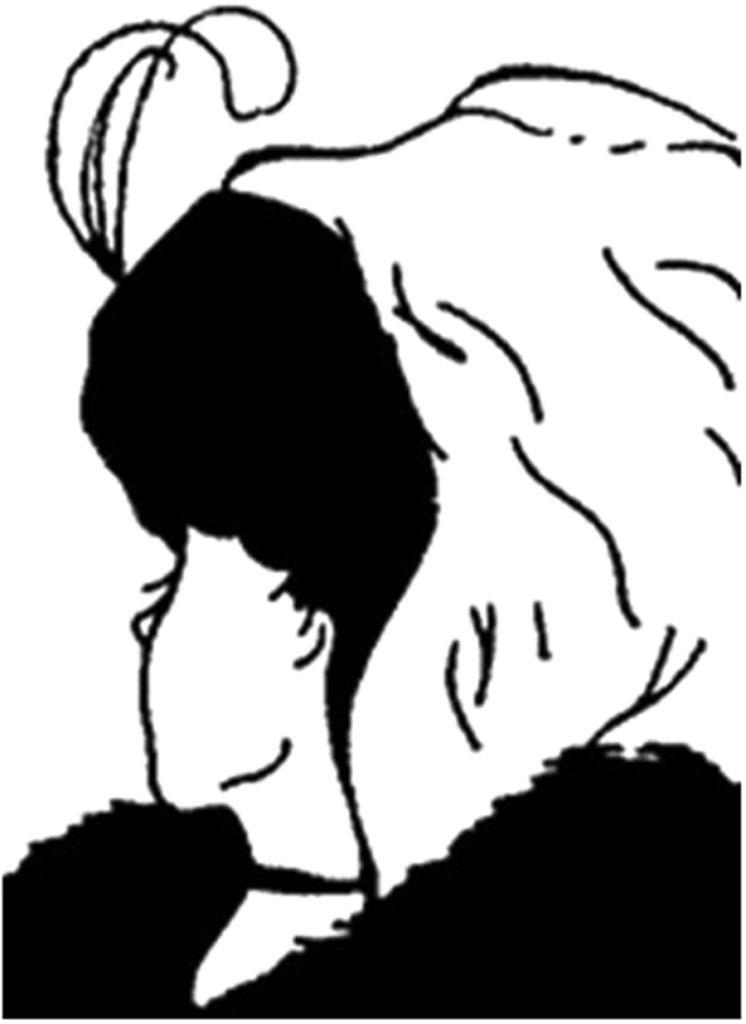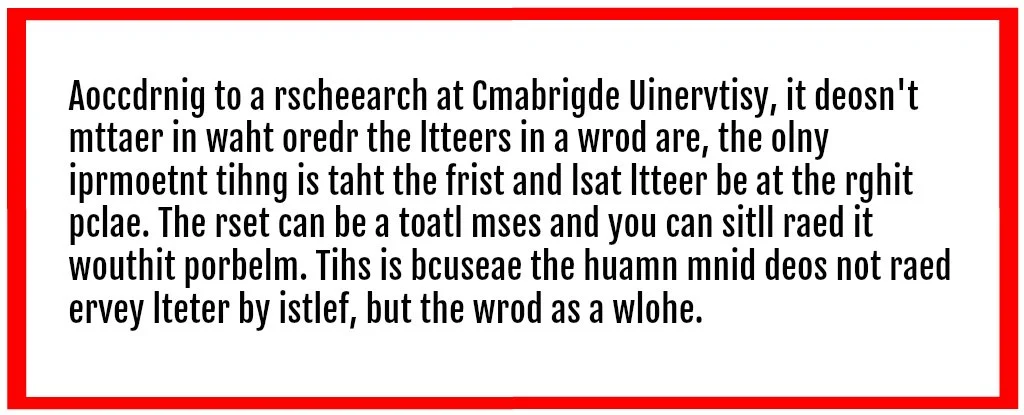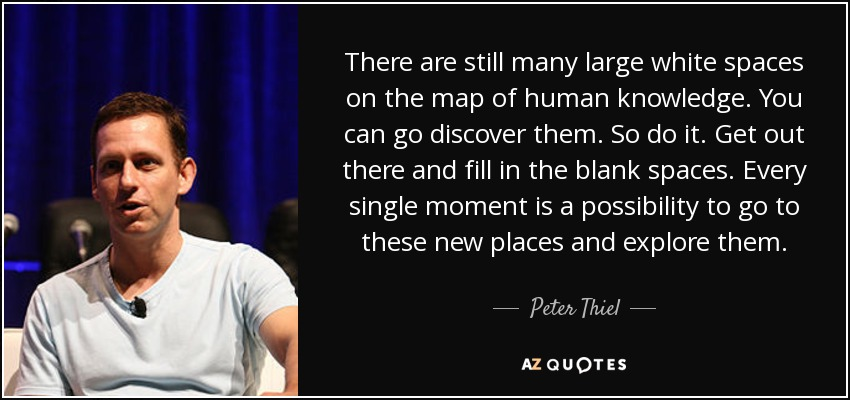
You have probably seen this image before. At first glance, we see a cup or maybe a chalice, drawn in black. As our eyes adjust, we see the profile of two faces in the white space. This optical illusion uses negative space to create 2 images at the same time. Some other classic examples of this type of art or optical illusion include images like the following:


Working “in the whitespace” requires a different sort of thinking than what occurs in the traditional working space.
An article by Mark C. Maletz and Nitin Nohria in the Harvard Business Review attempted to summarize the difference between these two working spaces. The traditional space – the Blackspace – “encompasses all the business opportunities that a company has formally targeted and organized itself to capture.” On the other hand, the nontraditional space – the Whitespace – encompasses “all the opportunities that fall outside the scope of formal planning, budgeting, and management.” Maletz and Nohria went on to explain the operation and success of whitespace efforts at 12 companies.
Working “in the whitespace,” means something a little bit different to each person in our company, but these images are a good representation of what we mean.
First, in these images, the whitespace – or as artists may refer to it, the negative space – gives depth to the image. White space can give an image the appearance of being 3D instead of 2D. Sometimes, that added depth in an image, helps you dig deeper that a first glance or a surface impression of what you are looking at. It helps you to find what you are really looking for in the image or data.
Second, each of these images has more than one outward appearance. However, each is integrated into the other. This is representative of needing more than one perspective when looking at a situation. In the real world, when addressing a scenario, your first instinct might be that your opinion or the way you view something is the only and correct way. But, multiple opinions and perspectives can coincide. Taking into account the different perspectives may help you discover the real truth.
Thirdly is the idea of known knowns, known unknowns, unknown knowns, and unknown unknowns. This may sound like gibberish, but let’s take a look at a word puzzle (that actually is a little bit of gibberish) to get a better understanding.

Now, most of the words in the text above are familiar. Words that might be used every day.
So here, our known knowns would be the letters themselves and the 1-, 2-, and 3- letter words that remain unscrambled (“to,” “and,” “a”).
Our known unknown is that, at a first glance we don’t know what the text is saying. This is especially true if the scrambled block of text contained words we don’t usually use, or perhaps is in a different language. Context here is extremely important.
That’s where our unknown knowns come into play. The unknown knowns are more difficult to nail down. For this word problem, we can say that what we don’t consciously know the context needed to decipher the text. As we take a second or third glance though, the meaning becomes more known. However, if we were to be reading a block of scrambled medical or legal text, many people would have much more difficulty uncovering the meaning of the text. Because, there is missing context.
Finally, our unknown unknowns. It could be argued that unknown knowns are the most difficult types of problems to address. However, the unknown unknowns are often a forgotten category. This category creates a space where instead of focusing on logical errors, we can focus on human errors. This could mean a number of things: from the author of the text accidentally leaving out a letter in a word to a non-existent word purposely put in.
This word puzzle shows the importance of gathering as much information as possible and the context to interpret it correctly. As “sensemakers” working in the whitespace, it is our job to decipher whether the information we have is correct and arrange it accurately in a way that makes sense and accounts for potential human errors.
The picture that we formulate aid our partners and clients in getting to the ground truth of human activity. This knowledge gives them answers and insights to their most challenging questions.

Want to learn more about our mission and philosophy? Start here!
